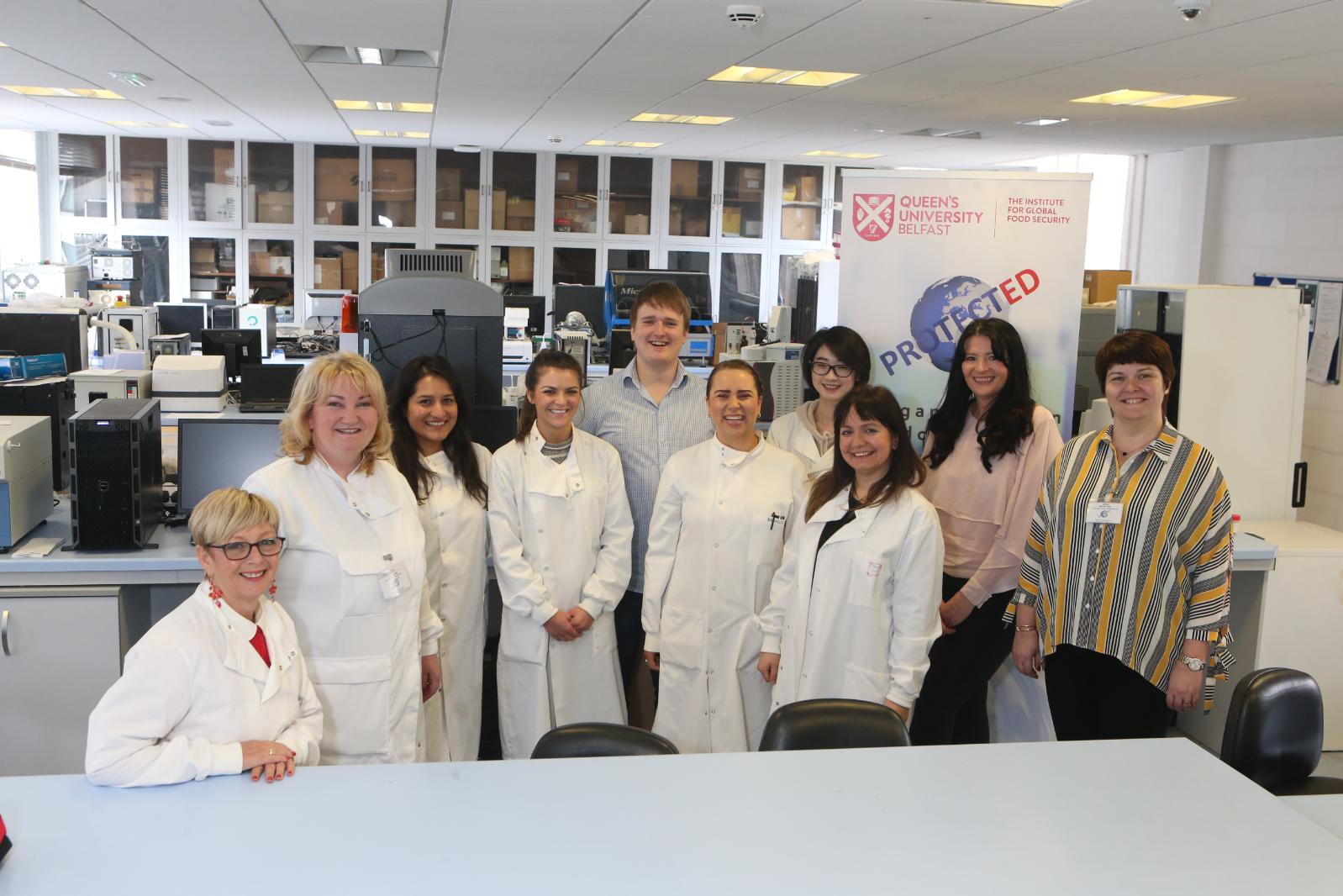Protection against Endocrine Disruptors; detection, mixtures, health effects, risk assessment and communication.
Endocrine disruptors are chemicals with the potential to interfere with our hormones and adversely affect our health. These chemicals can be found in a variety of sources including pesticides, plastics, household cleaners, cosmetics, paints, metals and flame retardants. Industrially, they can be formed as by-products of certain manufacturing processes. Given their wide presence, these chemicals have the potential to be transferred to the food chain (e.g. the transfer of pesticide residues to food). Indeed, some chemicals are known as “natural endocrine disruptors” as they occur naturally in certain foods. Examples include: chemicals produced by moulds (known as “mycotoxins”) and oestrogen-like chemicals found in plants (known as “phytoestrogens”).
Exposure to endocrine-disrupting chemicals could potentially increase one’s risk of becoming infertile, obese, developing Type-2 Diabetes and / or developing certain cancers; this increased risk is especially true if the exposure takes place during critical growth-stages (e.g. during pregnancy and puberty). Both individual chemicals – and mixtures of these chemicals – can be harmful. It is important to note that the same level of exposure affects everyone’s disease-risk differently, with some people being more vulnerable to specific diseases than others. That said, it is recommended to minimize exposure, where possible, as acceptable exposure-levels are not always known. Additional research – especially on mixtures of endocrine disruptors – therefore needs to be carried-out.
The “PROTECTion against Endocrine Disruptors” or “PROTECTED” Project aims to carry-out further research into endocrine disruptors and their mixtures. The project aims to foster the next generation of experts in this area; its fifteen “Early-Stage Researchers” will therefore undergo a high level of international and multi-sectorial training. The research (co-ordinated by Queen’s University Belfast) will improve the methods for detecting and evaluating the effects of endocrine disruptors. Furthermore, the project will emphasize the study of the effects of endocrine disruptors on critical growth-stages (i.e. pregnancy, childhood and puberty) of both animals and humans. With an emphasis on making the research accessible to a wide audience, all risk-related information will be communicated to consumers in a clear and concise manner. Together, these initiatives will help ensure not only the security of the environment, but also the health of the public.


